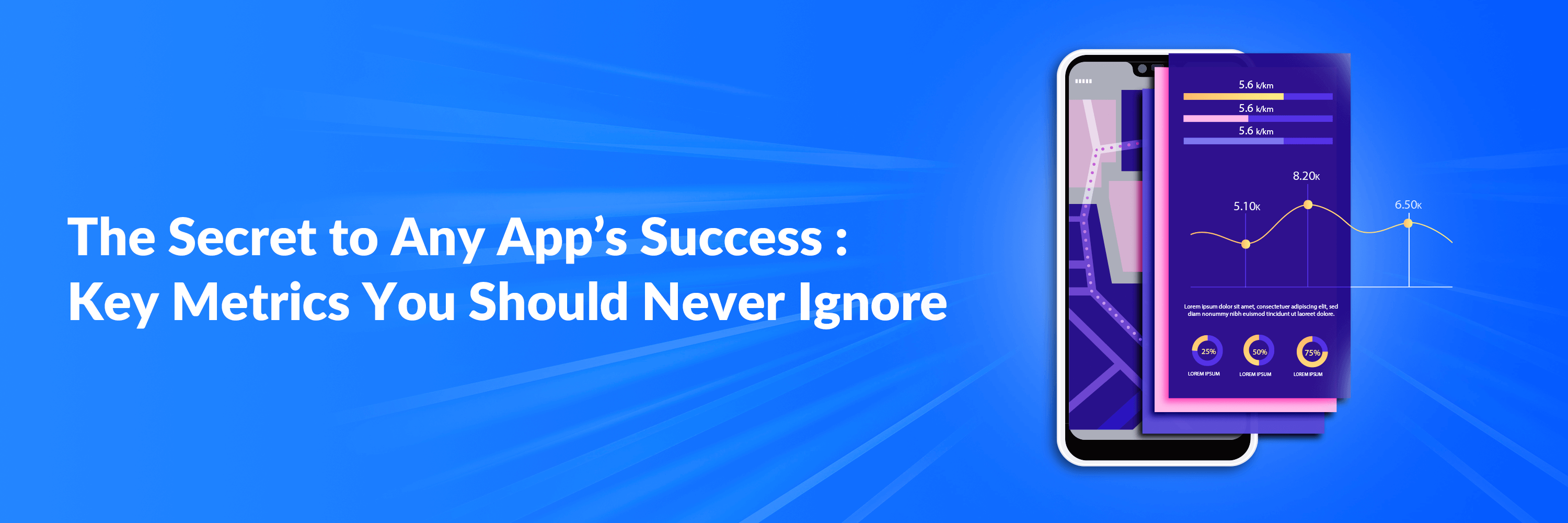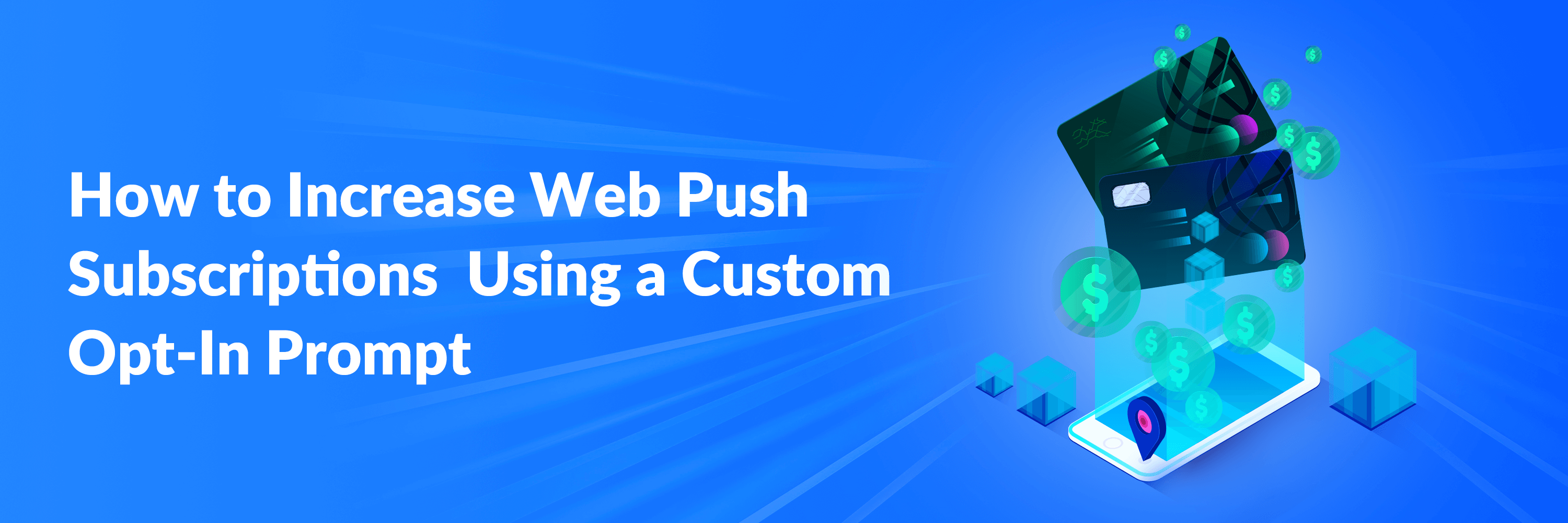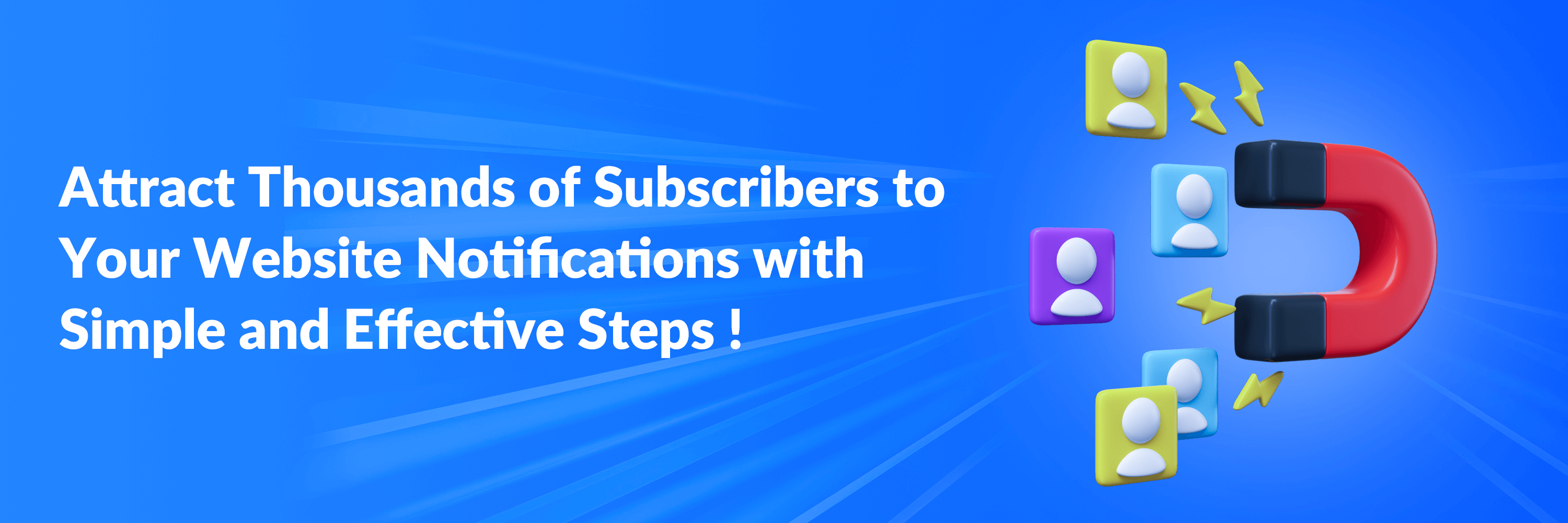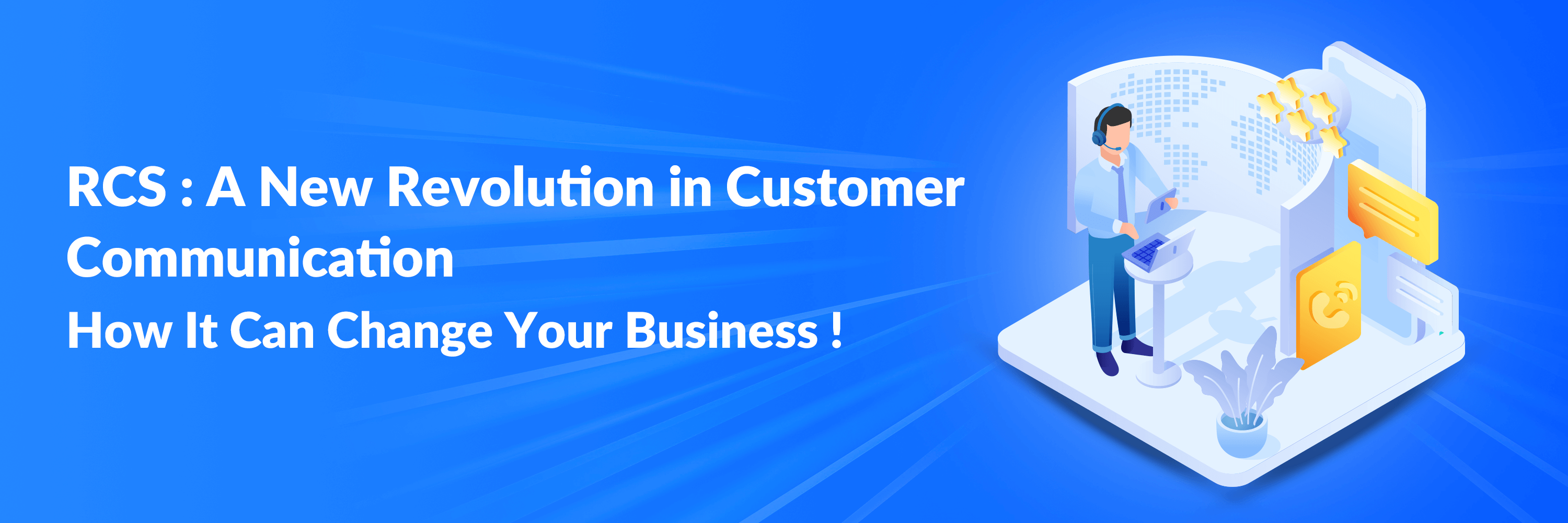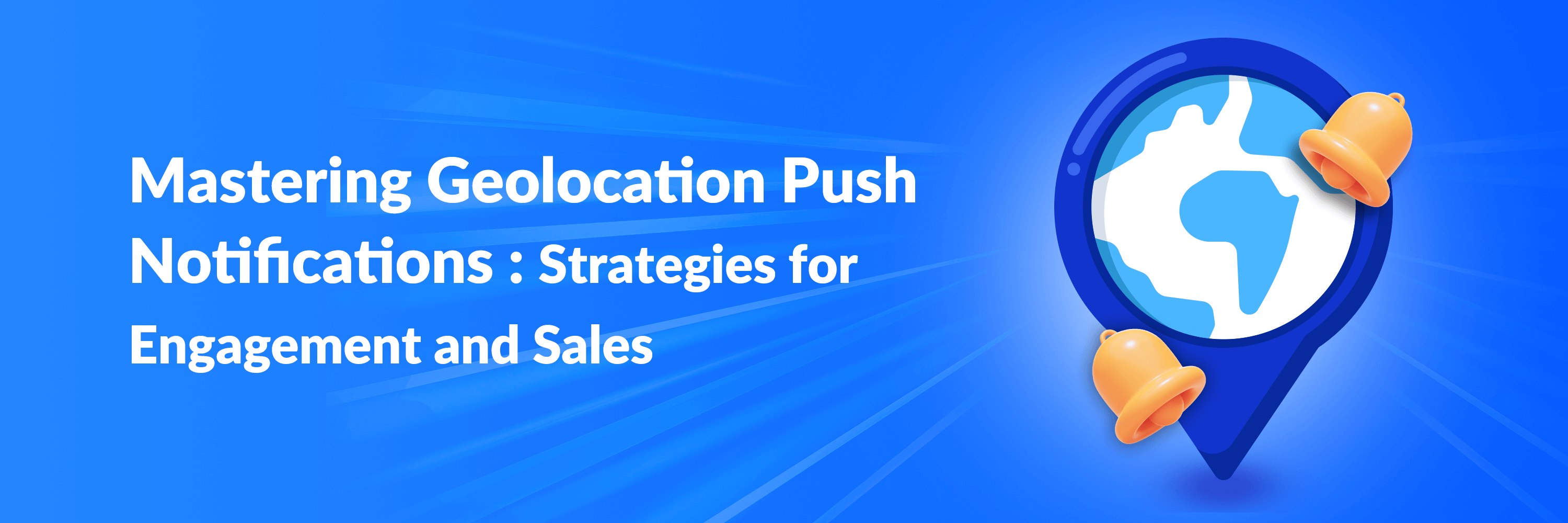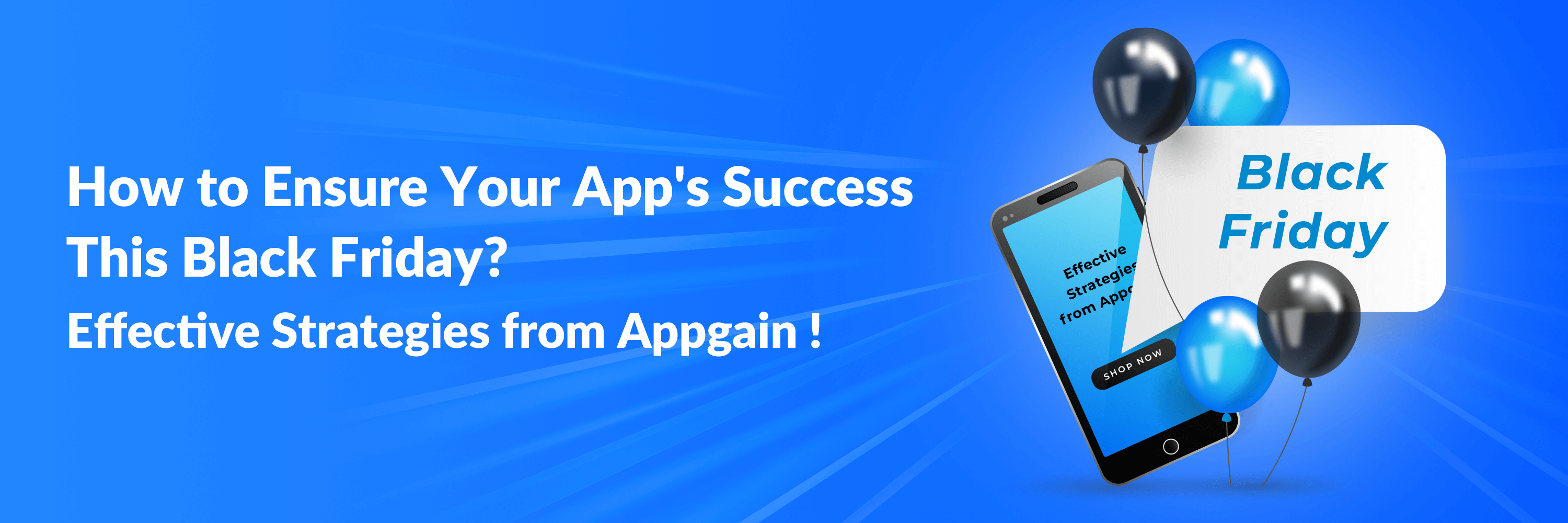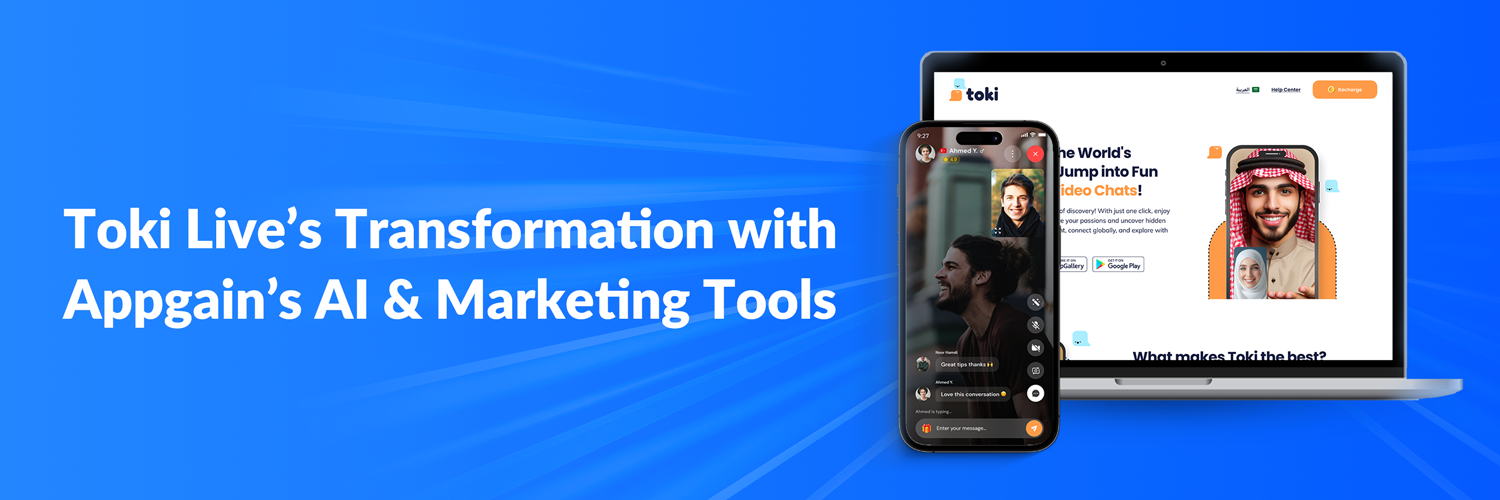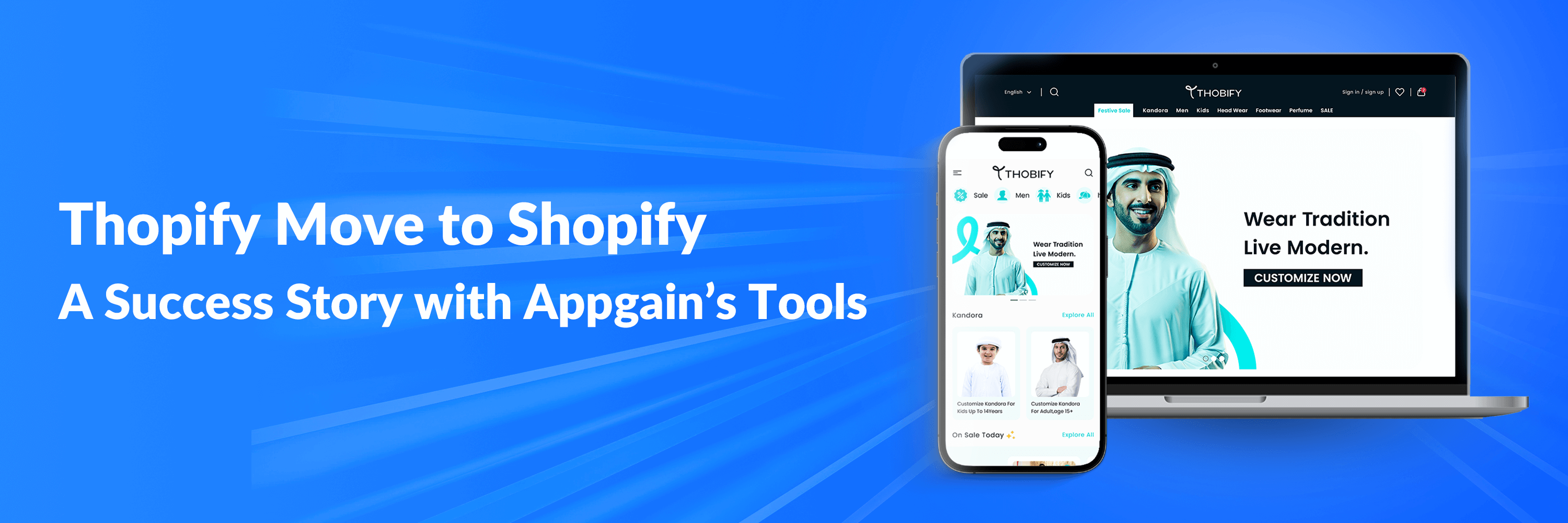Launching your mobile app is a significant milestone, but the real challenge begins after that: How do you make your app successful? Success isn’t just about promotion; it’s about tracking the right metrics that help you improve performance and attract more users.
In this article, we’ll explore the key performance metrics you should focus on, along with actionable tips to ensure your app thrives.
1. User Acquisition: Are People Downloading Your App?
The first step is to ensure that people are downloading your app. However, not all downloads are equal in value!
What to Track:
- Number of Downloads: How many users are installing your app?
- Cost Per Download (CPD): How much are you spending to acquire each user? If your CPD is high but downloads are low, it’s time to reevaluate your advertising or app store visibility.
- Download Sources: Are users finding your app via social media, search ads, or word of mouth? Focus on the channels that work best.
? Quick Tip: Optimize your app store listing with a clear description, attractive screenshots, and positive reviews to boost visibility.
2. User Retention: Are Users Returning to Your App?
Downloads are great, but the real success lies in retaining users and encouraging them to return.
What to Track:
- Retention Rate: What percentage of users return after 1 day, 7 days, and 30 days? If retention is low, your onboarding process might need improvement.
- Churn Rate: What percentage of users stop using your app over time? A high churn rate indicates an issue.
? Quick Tip: Use friendly notifications or email reminders to re-engage users. Just don’t overdo it to avoid annoying them.
3. Engagement: Are Users Actively Using Your App?
Retention is great, but engagement shows how much value users find in your app.
What to Track:
- Daily Active Users (DAU): How many users interact with your app daily?
- Session Length: How long do users stay in your app during each visit?
- Screen Flow: Which screens do users spend the most time on? Where do they drop off?
? Quick Tip: Analyze your app’s navigation flow to ensure it’s intuitive and user-friendly.
4. Revenue: Is Your App Generating Income?
Whether you’re offering paid downloads, subscriptions, or ads, understanding your revenue streams is crucial.
What to Track:
- Average Revenue Per User (ARPU): How much revenue does each user generate?
- Conversion Rate: What percentage of users make a purchase or subscribe?
- Lifetime Value (LTV): How much revenue does a user generate during their lifetime with your app?
? Quick Tip: Keep your pricing clear and offer real value. Confused users are less likely to spend money.
5. Reviews and Feedback: Are Users Happy?
Metrics are important, but don’t forget to listen to your users and their feedback.
What to Track:
- App Store Ratings: Are your ratings mostly positive or negative?
- Common Complaints: Are there recurring issues with bugs, features, or design?
- Support Requests: Are users frequently reaching out for help? If so, you may need to simplify your app.
? Quick Tip: Respond to reviews—both good and bad. It shows you care and builds trust with your audience.
6. Marketing ROI: Are Your Campaigns Effective?
If you’re investing in marketing and ads, it’s essential to ensure they’re delivering results.
What to Track:
- Click-Through Rate (CTR): Are users engaging with your ads?
- Install-to-Action Rate: How many downloads lead to meaningful actions, like sign-ups or purchases?
- Return on Investment (ROI): Are your marketing efforts bringing in more revenue than they cost?
? Quick Tip: Focus on the marketing channels with the highest performance instead of spreading your budget too thin.
Conclusion
Tracking these key metrics will give you a clear picture of your app’s performance and areas for improvement. Don’t overwhelm yourself by focusing on all metrics at once; start with the ones that align with your current goals, whether it’s acquiring users or increasing revenue.
Remember, building a successful app is a marathon, not a sprint. Stay consistent, listen to your users, and adapt as needed.
? Have questions about improving your app’s performance? Share your thoughts in the comments—we’re here to help! ?
